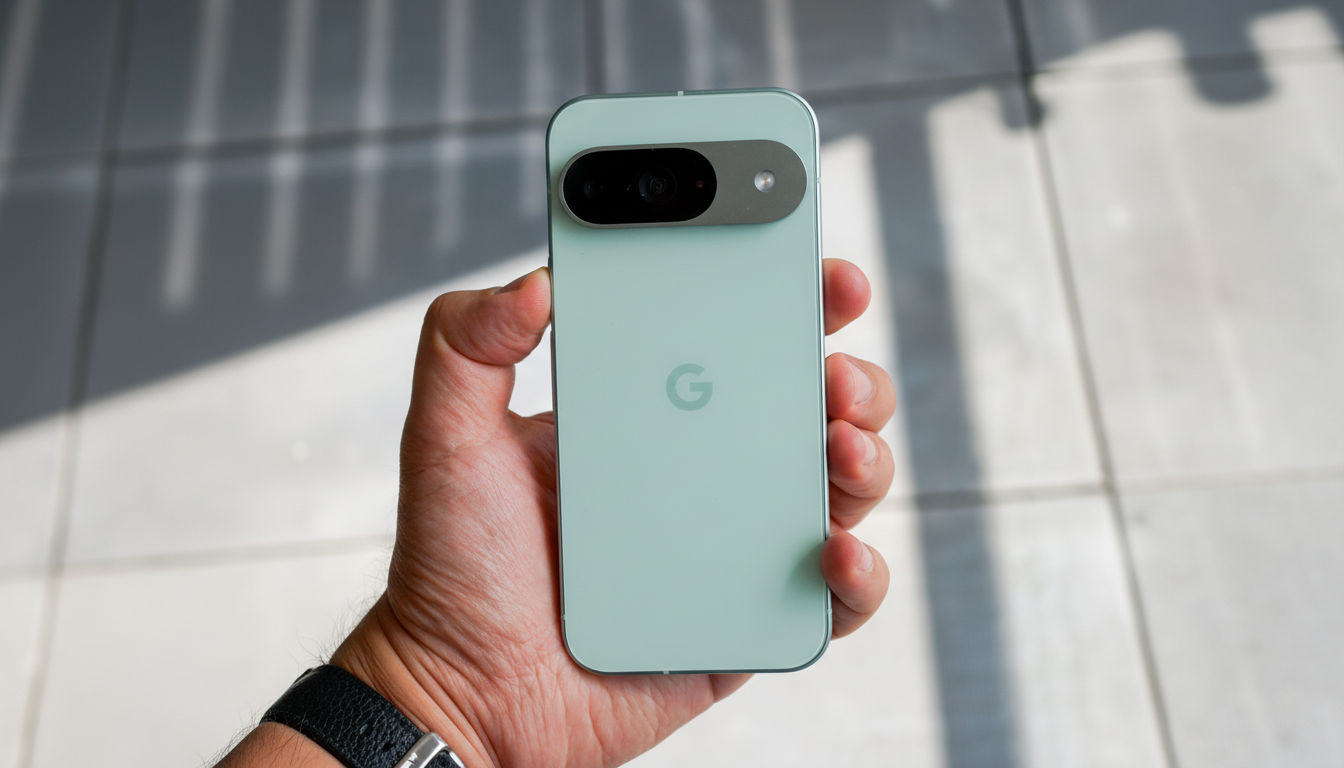Owners of Pixel models are gaining a new defense against fraud. Google will soon start issuing scam warnings in third-party chat apps, so that when a sketchy message generates a notification on your Pixel, you can see “Likely scam” before you even open the conversation.
It’s part of the latest Pixel Feature Drop, following on from existing protections for calls and SMS.

It continues to focus on scammers’ real-life pivot to messaging platforms such as WhatsApp, with urgent payment requests, phony parcel notices, and giveaway scams now widespread there.
How the new Pixel scam alert notifications work
The feature reads the text of your notification and flags high-risk patterns with an on-screen label, such as “Likely scam.” And because it occurs at the notification layer, it functions across popular chat apps, including services like WhatsApp and Signal, and can display warnings even if you rarely open the app itself.
Google has not released the full rulebook, but the system is supposed to detect common signs, including:
- Messages that urge you to make a transfer right away
- Requests for gift cards or cryptocurrency
- Links to fake login pages
- Impersonation attempts
This kind of detection (as with all sensitive features on Pixel) is rooted in Google’s longstanding core value of on-device machine learning, reducing the requirement to ship your message content off your phone.
Crucially, it’s an early warning system, not a lockout. You will still get the message; the phone is just providing context about whether you should reply. If you spot a false alarm, you can swipe it away like any other notification.
Who gets scam detection and where it’s available
Chat notification scam detection is launching on Pixel 6 and later devices in the US. That’s parity with the Pixel’s previous protections for text messages, and it now extends to the third-party chat apps where many fraud attempts do occur.
Google is also expanding availability for call-based Scam Detection. Call screening alerts are rolling out in the UK, Ireland, India, Australia, and Canada for Pixel 9 smartphones and newer models (but not the Pixel 9a), as part of a wider push to address areas where regulators and carriers had been raising alarms about phone fraud and spam.

Why expanding Pixel scam detection features matters
Scams are all about volume, and the numbers are astounding. The Federal Trade Commission says consumers lost more than $10 billion to fraud last year, and imposter scams were the top complaint. The F.B.I.’s Internet Crime Complaint Center recorded reported losses of more than $12.5 billion in cyber-enabled crime, with investment and business email compromise scams accounting for the highest dollar figures.
Most importantly, a greater percentage of those scams originate in chat apps. Scammers prefer messaging because it is immediate, intimate, and easily shared. And it is often through platforms that are outside the reach of spam filters. A warning when the notification lands can short-circuit their most effective tactic, rushing you into a payment or credential disclosure by creating panic.
What scam warning notifications look like in practice
Look at one of those WhatsApp notes claiming a family member urgently needs money, or a courier “fee” to release an unrequested package, or a get‑rich crypto pitch promising 200%-a-week returns in the blink of an eye. Messages that attempt to get you off-channel, demand gift cards, or ask you to “verify” your bank account are all things that can trigger risk signals.
With Pixel’s system in place, those notifications may include something like a preemptive alert to slow down and verify the request through official means before hastily tapping on any link.
Controls, privacy and handling of false positives
If you do not want the warnings on your lock screen, you can turn off Scam Detection in the phone’s Security and privacy settings. Like all Pixel privacy features, processing is designed to take place on the device and minimize message content shared with Google’s cloud.
No automated system is perfect. You should be prepared to run into occasional false positives with aggressive marketing pitches and rare failures when a scammer changes wording. Best practice is, as always:
- Never send money or share credentials in response to unsolicited messages
- Verify via official websites or phone numbers (not the ones provided)
- Report suspicious accounts to the platform host
Look at the bigger picture for mobile safety
This follows the trend of integrating safety nets into devices themselves rather than relying on apps to guard them. It follows on call screening, spam protection in the default messaging app, and a broader push by regulators and industry groups to clamp down on smishing and voice phishing.
Google could make Pixel phones a meaningful early-warning system for mobile fraud of all kinds, if it extends regional support and partners with additional platforms. For starters, US Pixel 6 and up users should see the most immediate benefit: a heads-up that the Instagram cutie-patootie message just isn’t what it seems.

